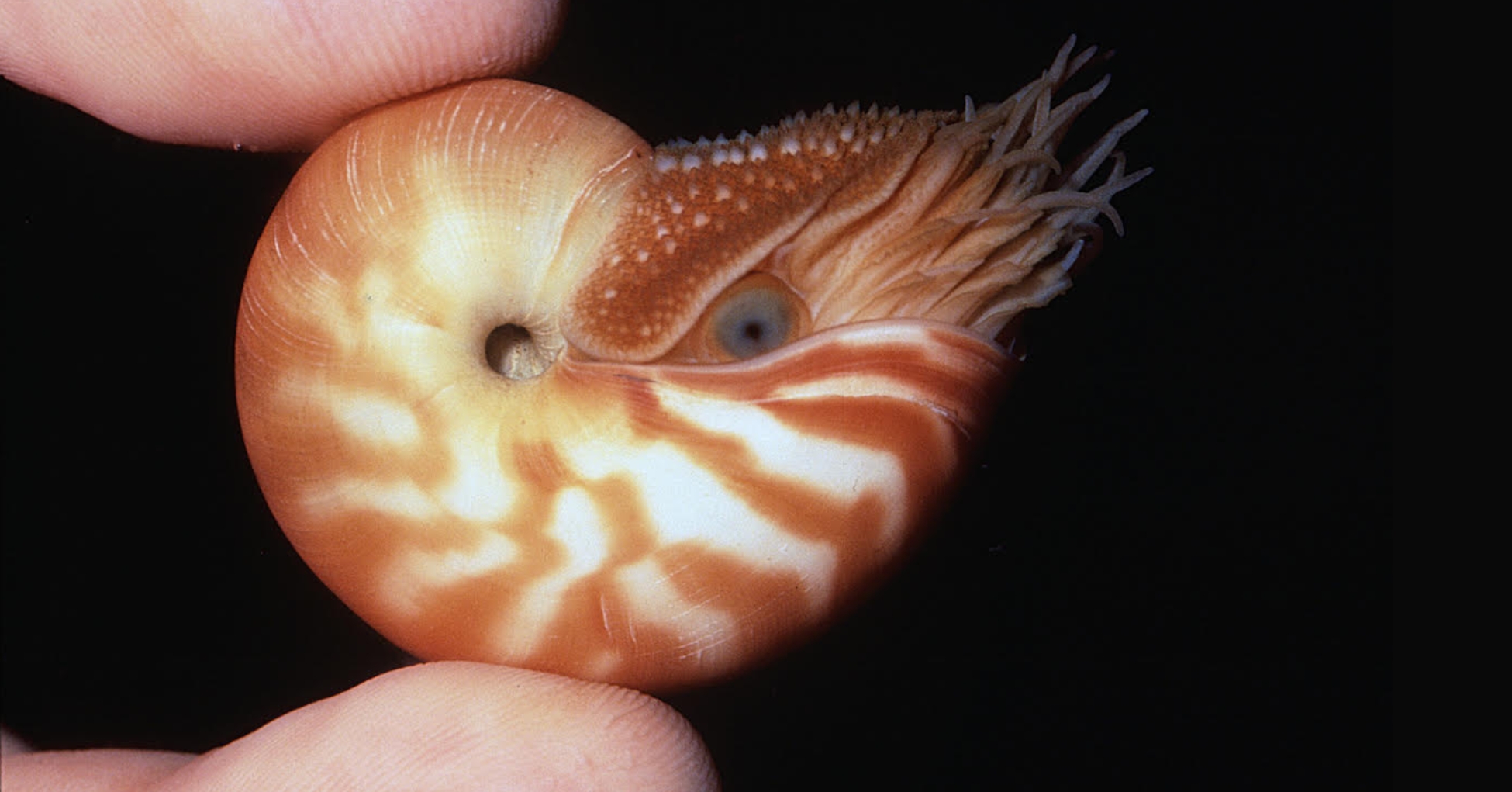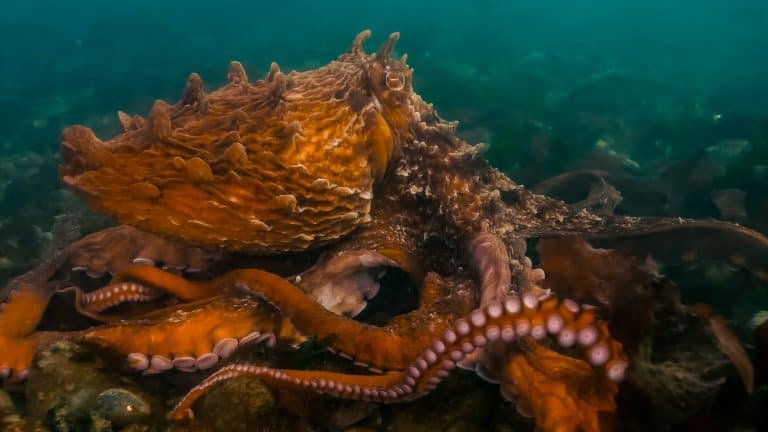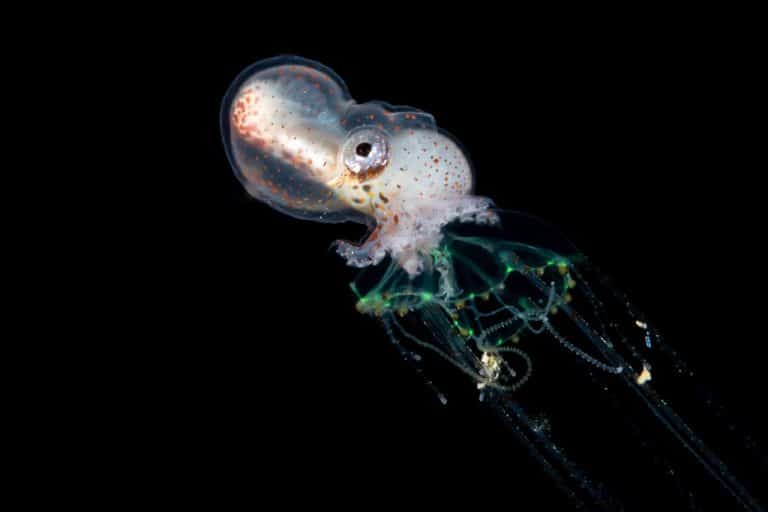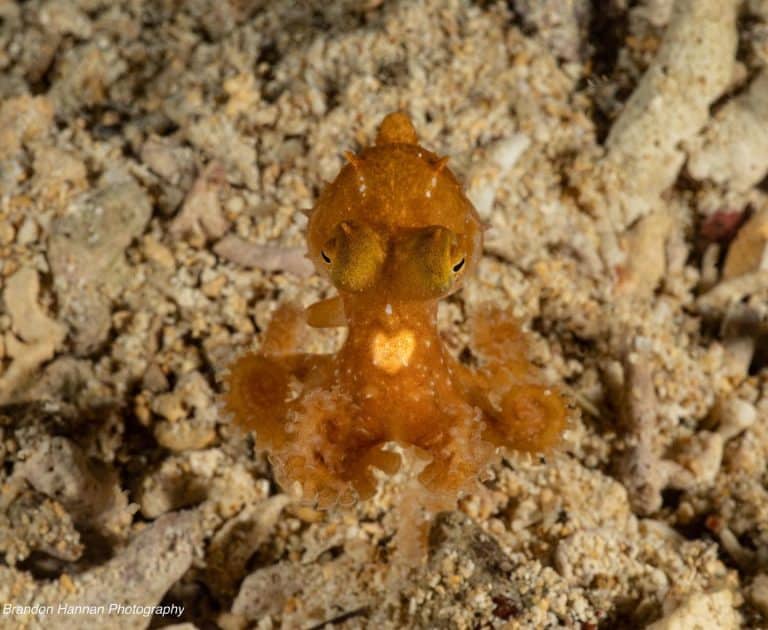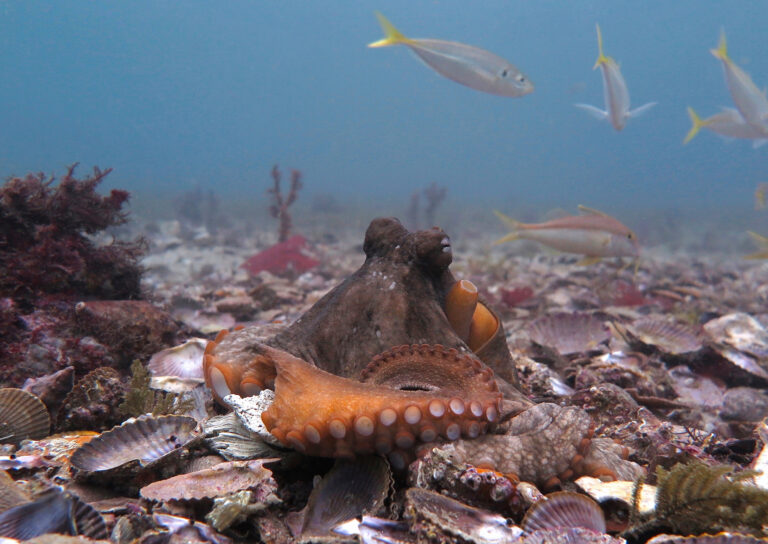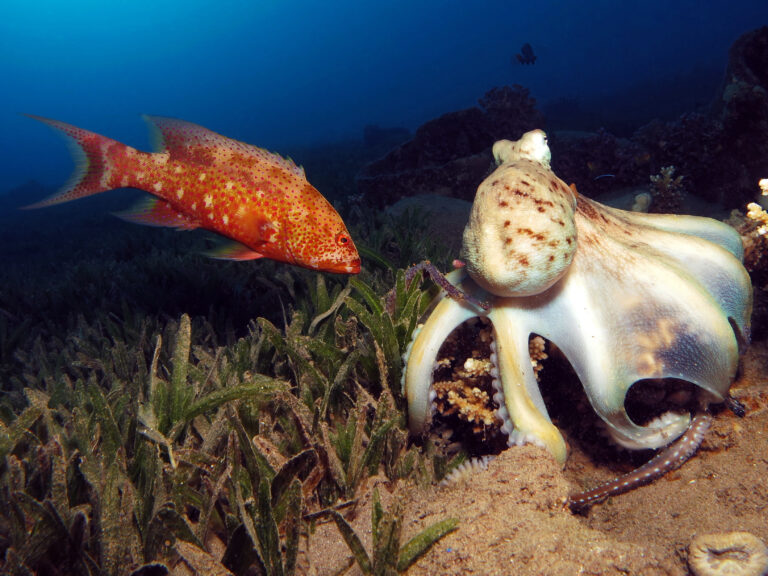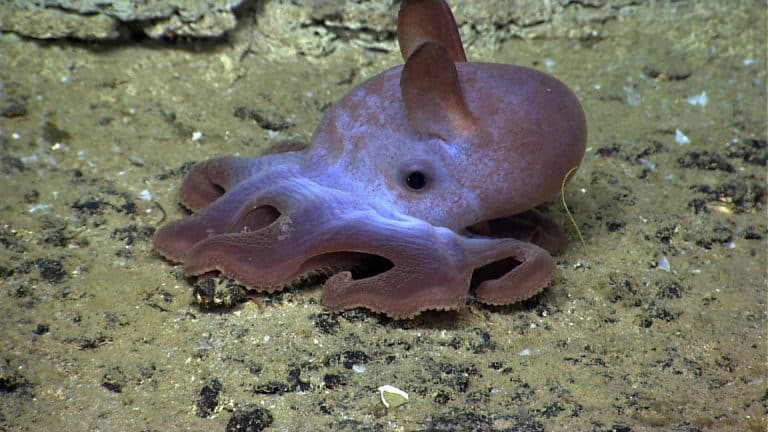10 Facts About Baby Nautilus!
🔘 Googly eyed and barely bigger than a cherry 🍒 is how a baby nautilus bursts into the ocean scene to start its life. The nautilus is a hard-shelled cephalopod that has been around since long before dinosaurs, mammals, and insects, which means it once shared the ocean with the megalodon (the largest shark that ever lived)! Let’s learn about these living fossils and discover what makes their early years so special.

There are at least 7 known species of chambered nautilus (Nautilus and Allonautilus) roaming the oceans of the Indo-Pacific, typically between 100-800 meters (325-2,600 feet) below the surface. Distant cousins of the octopus, squid, and cuttlefish, nautilus have a multi-chambered spiral shell and dozens of special tentacles called cirri. Nautiluses are opportunistic scavengers using jet propulsion to propel themselves backwards, forwards, down, up – any direction they want through the water! They use specialized tentacles, called rhinophores, to ‘sniff out’ tasty treats like leftover shells from lobsters and the rotting flesh of dead animals, known as carrion. They’ll then use their long, flexible cirri to grab their prey! Nautilus are thought to live for at least 20 years, which is much longer than the average cephalopod.
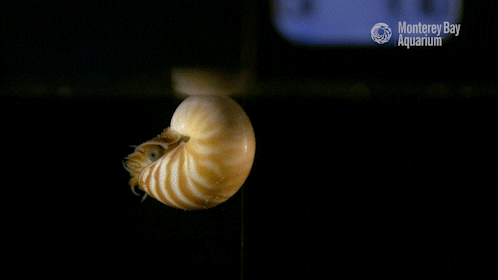
And guess what? Baby nautiluses don’t bother with the awkward phases of infancy like the rest of us mere mortals. They hatch into the world as tiny replicas of their adult selves, flaunting their uniqueness right from the get-go! Cool huh? ok ok ok– let’s get into it!
Here are 10 fun facts about baby nautilus!
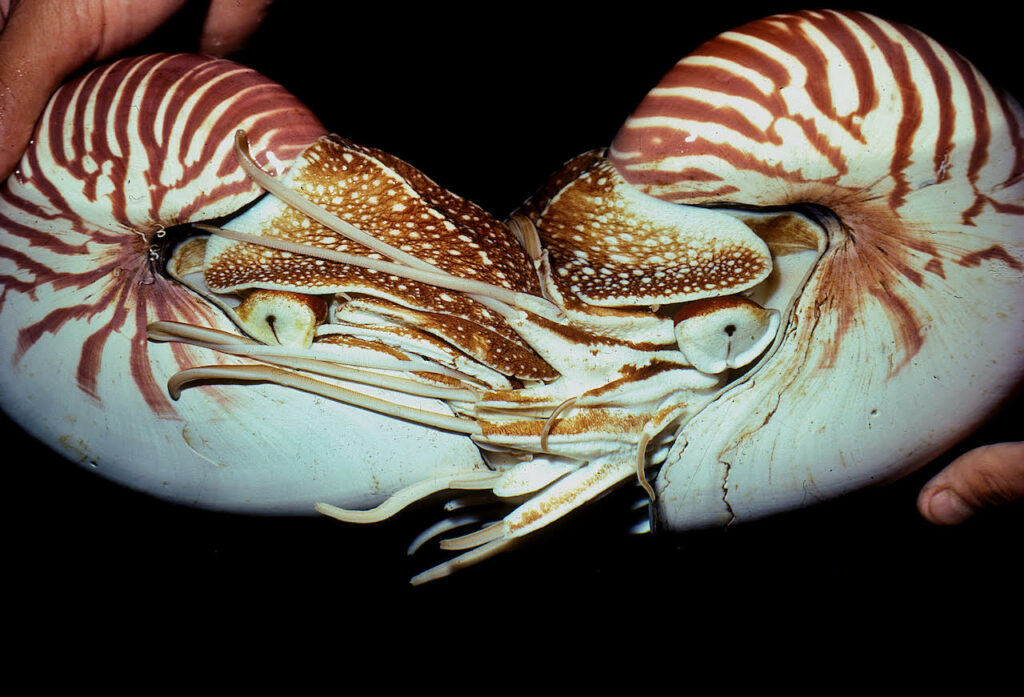
1. It can take up to 9+ months for a baby nautilus to emerge from its shell
Our knowledge of nautilus babies is extremely limited with information only coming from aquarium studies. Baby nautilus can take up to a year to emerge from the safety of their little egg cases. A baby nautilus that was successfully reared at San Diego’s Birch Aquarium took 9 months before it wiggled its way out and into the world. How soon a baby nautilus deems it is ready to pop out of its egg case is dependent on the water temperature. Warmer temperatures help speed up development while babies in chillier waters take longer to develop. Nautiluses have also been hatched at Waikiki Aquarium, Monterey Bay Aquarium, Henry Doorly Zoo and Aquarium, New England Aquarium in the United States and at Toba Aquarium (Japan) and at the Aquarium des Lagons (New Caledonia).
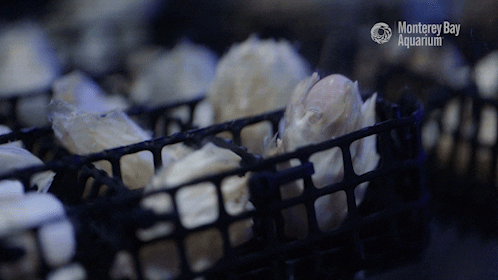
2. Scientists have never seen baby nautilus eggs in the wild
Nautilus babies are believed to hatch at depths of more than 100-200 meters (325-656 feet), however scientists have still not observed eggs in the wild. Most cephalopods have jelly-like egg cases, providing little protection, but not the nautilus! They are born in a harder egg case that has an uncanny resemblance to a barnacle. Many animals that start their life encased in a hard structure have an egg beak or something to help them puncture the shell they are in so they can successfully get out. Baby nautilus don’t seem to have anything like this and instead have to squeeze themselves out between the egg case seam. Looks like somethin’ outta a movie, right?!
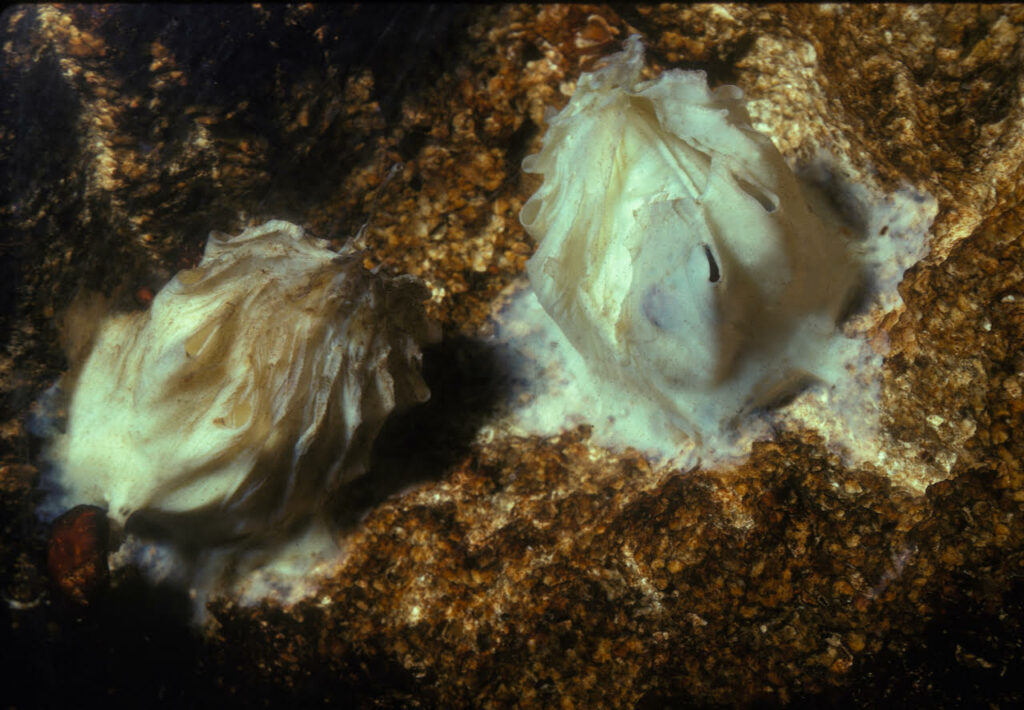
3. Females lay eggs throughout the year
We do know that Mama nautiluses produce between 10 to 20 eggs per year in aquariums. They lay one egg at a time, attaching it to hard substrate like rocks or coral for camouflage. Scientists believe they could be laying eggs year-round, but STILL, to this very day, no one has ever seen a mama nautilus laying her eggs in the wild.
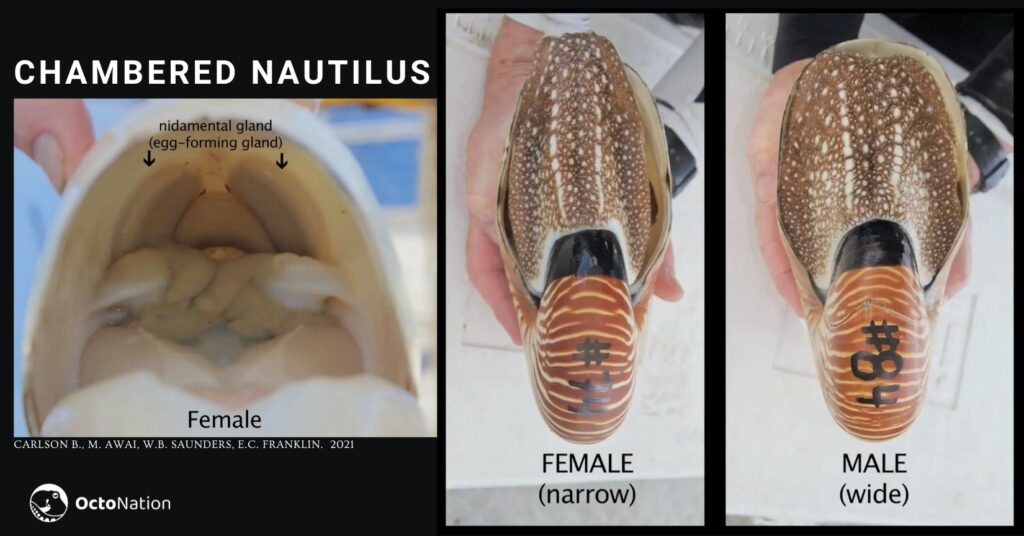
4. Nautilus would implode below 800 meters
A nautilus’s maximum depth limit is 800 meters (2,624 feet). Past this point their shells would collapse inward. To give you an idea of how deep this is, humans free dive in the range of 100 meters (328 feet). That’s eight times deeper into the ocean than a skilled human free diver!
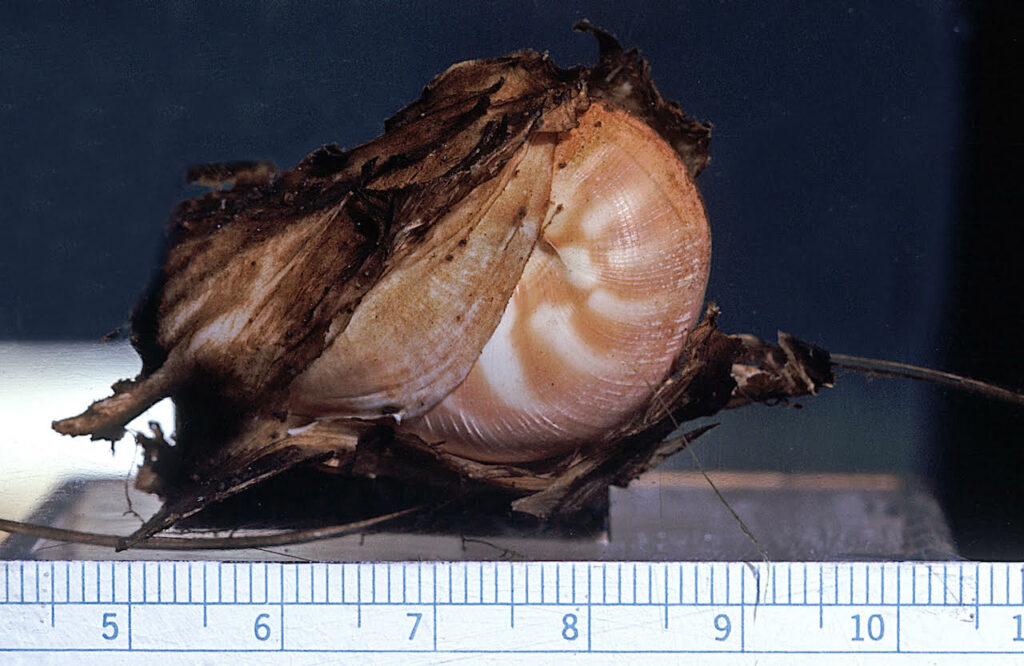
5. Baby Nautilus hatch out with a 4 chambered shell
When these grape sized cuties first enter their watery world they already have between 4-7 fully formed chambers within their spiral shell case. As they age, the nautilus creates new and larger chambers. It moves its growing body into the larger chamber and then seals off the smaller chambers with a thin shell wall. Kind of like if you made yourself new pants every time your body grew out of your old ones, but carried every pair around with you for life. Adult nautilus can have over 30 chambers!
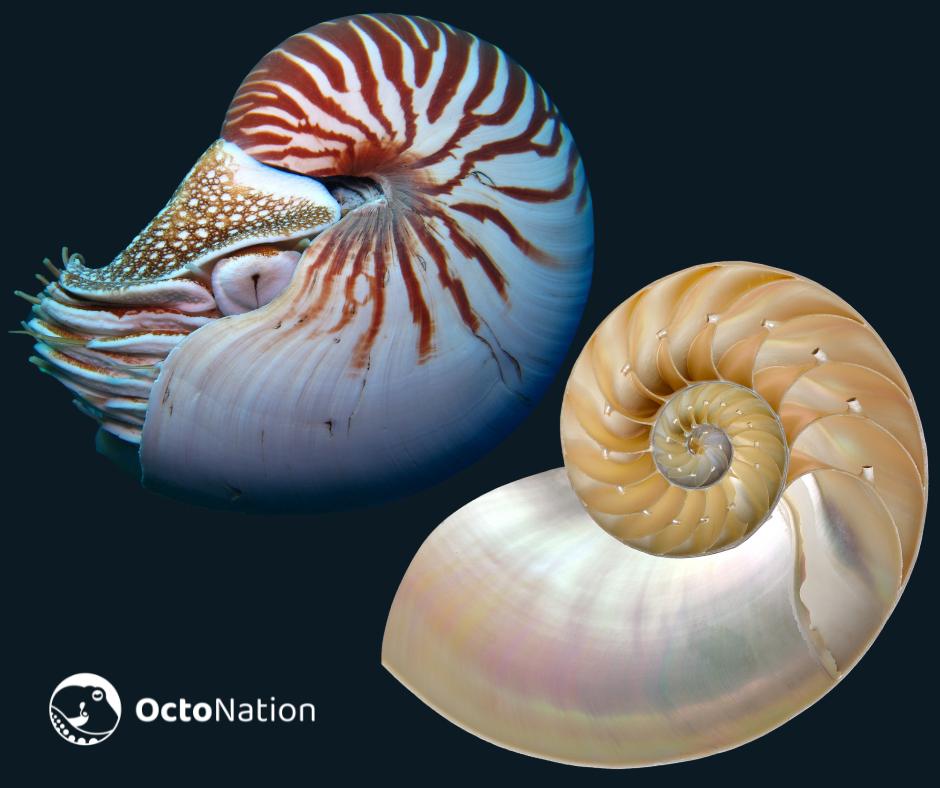
6. Nautilus use their chambers to control their buoyancy
The chambers of a nautilus may be sealed, but they have a little canal called a siphuncle that connects all of them. It allows the nautilus to pump seawater into, or suck it out of, the different chambers. Pumping saltwater into their chambers makes them sink. Sucking seawater out which leaves air inside their chambers will make them float.This is how it manages its buoyancy, staying right where it wants to within the water column. Kind of like scuba divers who wear a jacket called a BCD that they can fill or release air from to maintain neutral buoyancy in the water column
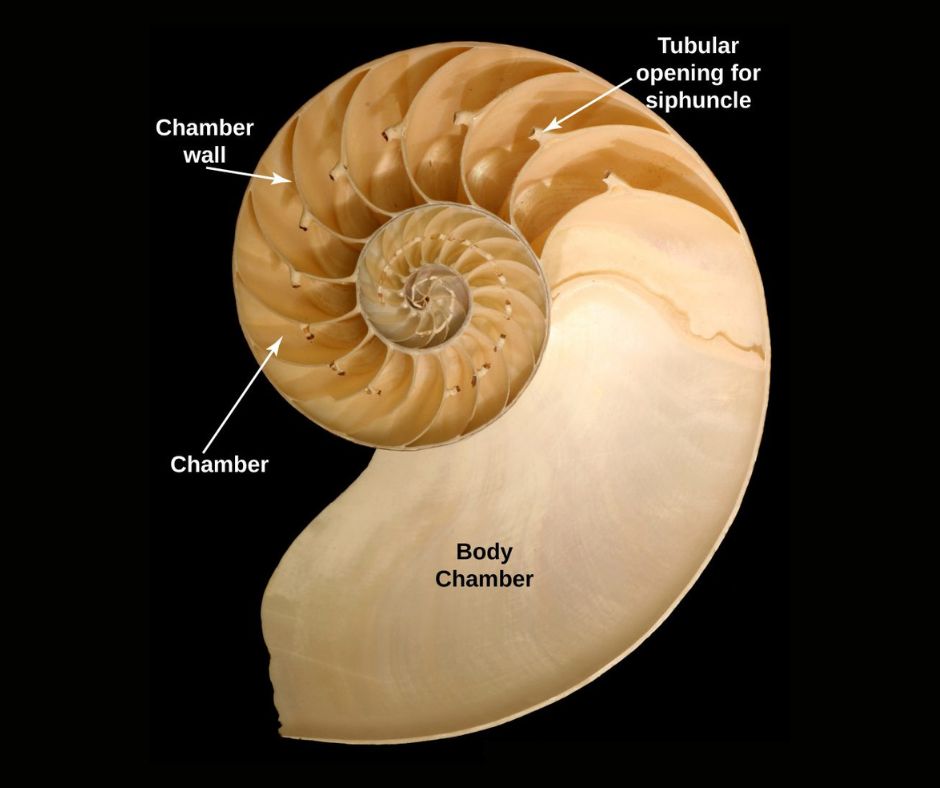
7. No one has been able to track a nautilus for its entire life
Juvenile nautiluses are known to be extremely rare to spot in the wild because they spend most of their early years as bottom feeders and at ocean depths that are hard for humans to access regularly. No one has been able to track a nautilus in the wild from hatch to maturity (a lifespan of at least 20 years). However, scientists have been able to track adult nautiluses by attaching small transmitters to the shell, about the size of a triple a battery.
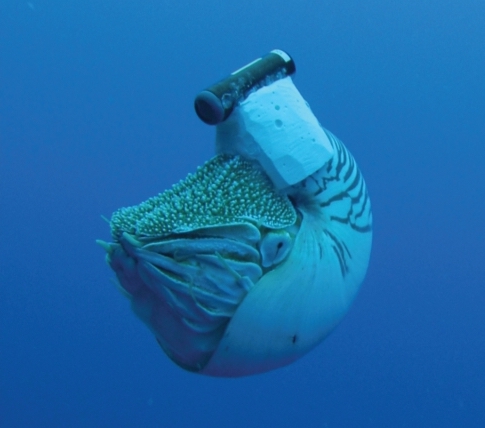
While we might not be able to track them in the wild, recently a few aquariums around the world were able to successfully hatch baby nautilus from eggs. A tricky endeavor on its own, but then raising them is also notoriously difficult. Aquariums around the world have been attempting to hatch nautilus. It will be interesting to see what we can learn when we are finally able to observe all their stages of growth. Hopefully it will allow us to better understand this wonderful animal!
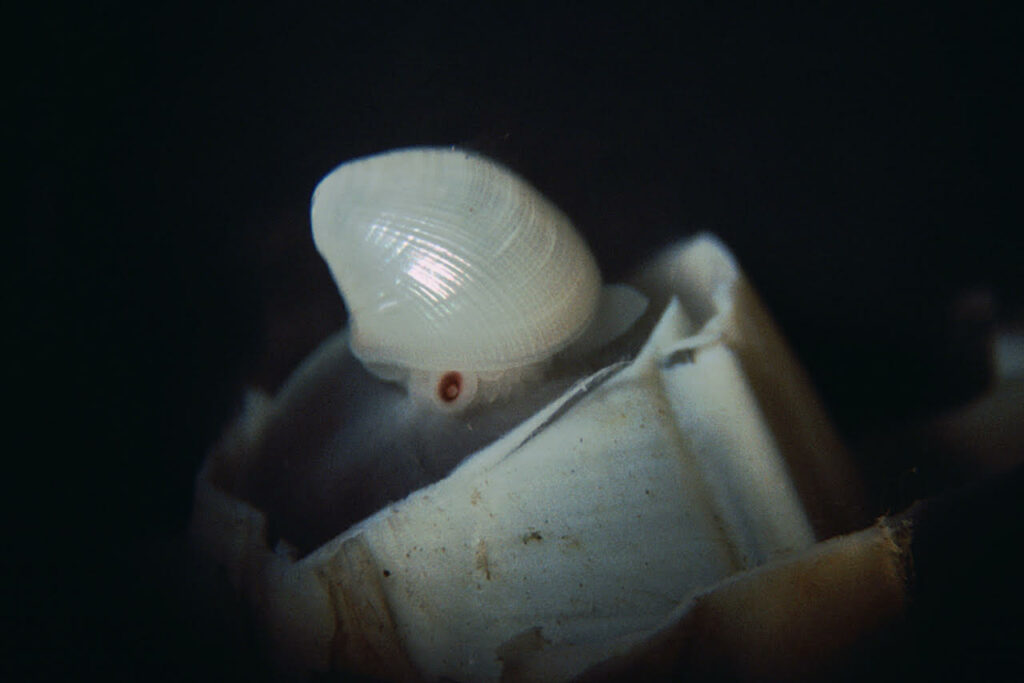
8. Nautilus have survived multiple mass extinctions.
Fossil records show that nautiloids have been around for 500 million years which means they have survived FIVE mass extinctions! The end-Permian extinction, which happened 252.2 million years ago, wiped out 90% of all earth’s species. But not the nautilus! They can proudly own the title for being the only shelled cephalopods to beat not one, not two, but FIVE catastrophic earth events. They most likely survived because their egg development thrives in low water temperatures and the depths of the ocean where they lay their eggs acted like a liquid bomb shelter.
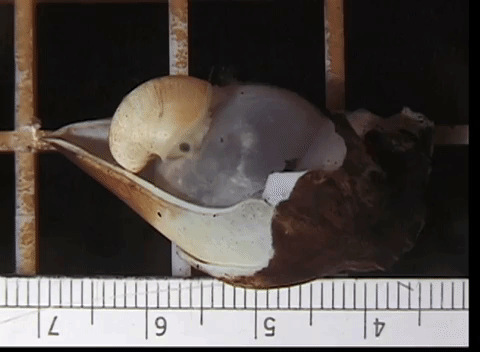
Sadly they didn’t all make it! During prehistoric times there were about 10,000 different species of nautilus but we only know of at least 7 species that are alive today. Their taxonomy is poorly resolved and there could be more species or subspecies waiting to be discovered! Just this year THREE new species have been described with more coming!
9. Some nautilus species participate in the world’s largest migration
As the sun sets, the diel vertical migration (DVM) kicks off where creatures throughout the ocean zone move towards the surface. This is the largest movement of animals in the world and it happens every single day! It’s really epic! Check out the video below by Nautilus Live!
Juvenile and adult nautilus spend the daytime in deeper depths, but join the zooplankton crowds coming to the surface in the evening to feed in shallow reef areas under the cover of darkness. As they migrate up, they use their specialized tentacles to stay close to the reef slope and rocks for protection as they search for food.
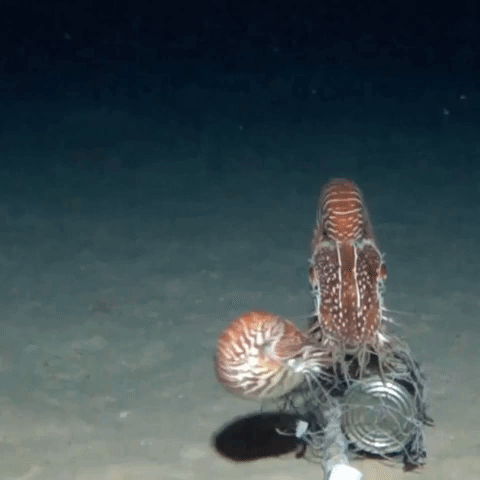
10. We need more baby nautilus!
Unfortunately, populations of nautilus are in decline. They are primarily captured for their beautiful shells. The inner shell layer, called nacre, is a beautiful pearlescent blue gray and tends to show up in trinkets and jewelry because it is used as a substitute for pearl.
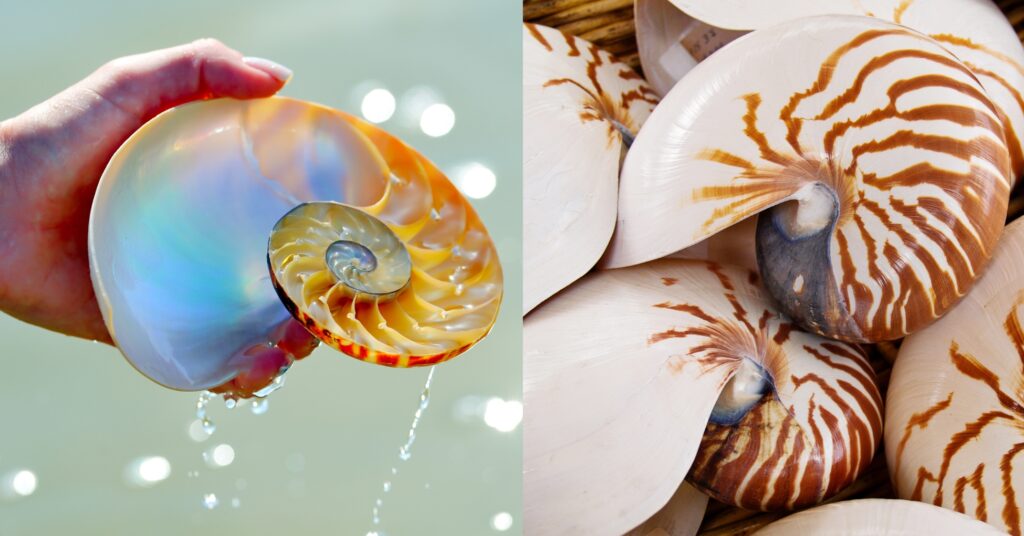
There is still so much to learn from this bobbing pinwheel of magic and we are here for it! An organization dedicated to learning more about these babies is Save the Nautilus. Their mission is to provide awareness, raise funds for research, and educate the world about these 500 million year old stewards of the ocean!
You can learn more about nautiluses and their story by following the Save The Nautilus team on Facebook , Instagram, X (formerly twitter), and on YouTube.
If you want to educate yourself some more about all sorts of different cephalopods, take a look at our encyclopedia. Or, what we call it, our Octopedia!
Connect with other octopus lovers via the OctoNation Facebook group, OctopusFanClub.com! Make sure to follow us on Facebook and Instagram to keep up to date with the conservation, education, and ongoing research of cephalopods.

Warren is the Founder of OctoNation, a nonprofit organization that works to inspire the wonder of the ocean by educating the world about octopuses. As a professional community building strategist, Warren has collaborated with hundreds of underwater photographers, artists, scientists, and aquarists to create educational resources for both children and adults.
Jacque Cousteau said it best, “People protect what they love.” OctoNation’s community of over 1 million members wholeheartedly agree! Wanna get involved? Email [email protected]
